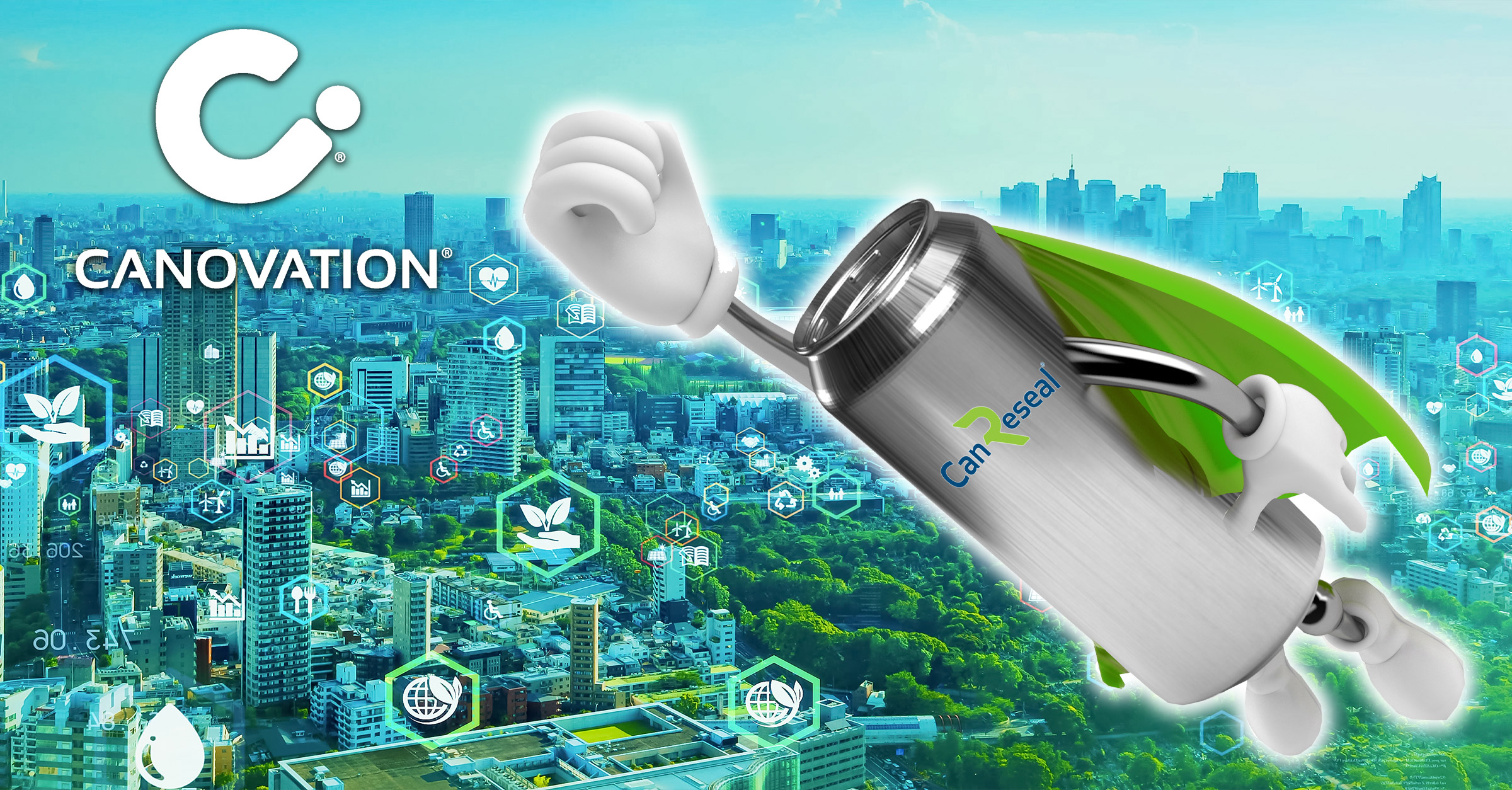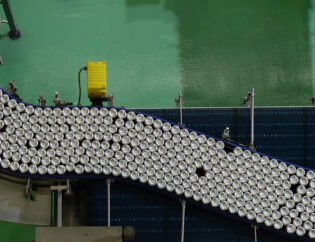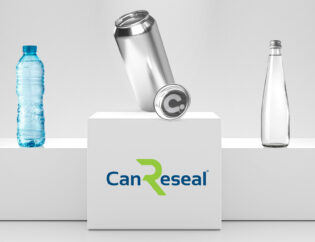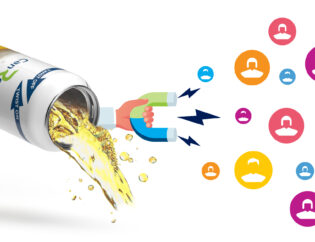
Aluminum, with its remarkable properties, has played a pivotal role in shaping modern industries and lifestyles. From aerospace to construction, this lightweight and corrosion-resistant metal has proven indispensable across various sectors.
A Brief History of Aluminum
Once considered a precious metal due to its scarcity, aluminum’s history underwent a radical transformation with the development of energy-efficient extraction methods in the late 19th century. This breakthrough turned aluminum from a rare luxury to a versatile material accessible to a wider range of industries.
Versatility Across Industries
Aluminum’s versatility makes it a staple in countless applications. In the aerospace industry, its low density contributes to fuel efficiency and increased payload capacity. The construction sector benefits from aluminum’s corrosion resistance, making it an ideal choice for structures exposed to the elements. In transportation, aluminum’s lightweight nature enhances fuel efficiency and vehicle performance. The packaging industry embraces aluminum’s ability to preserve product freshness and reduce packaging weight.
Driving a Circular Economy
The concept of a circular economy revolves around keeping resources in use for as long as possible. Aluminum’s innate recyclability aligns perfectly with this vision. Unlike many materials that degrade during recycling, aluminum retains its quality through multiple recycling cycles. This attribute offers a unique opportunity to reduce waste and minimize resource depletion.
The Potential Impact
Imagine a world where aluminum is part of a closed-loop system. In such an ecosystem, products made from aluminum would be collected, recycled, and remanufactured repeatedly. This approach would substantially reduce the need for extracting raw materials, conserving energy, and reducing greenhouse gas emissions in the process. The benefits would span far beyond economic gains, addressing environmental challenges, and conserving natural resources.
Challenges and Opportunities
In conclusion, aluminum’s journey from a scarce luxury to a versatile and recyclable material symbolizes human ingenuity and our capacity to adapt for a sustainable future. Its applications across industries and potential for circularity make it a cornerstone of modern progress. By harnessing the power of aluminum and its recyclability, we can steer towards a world where resources are respected, waste is minimized, and the environment thrives. While aluminum holds great promise, realizing a truly circular aluminum economy collaboration between industries, governments, and consumers is key to driving this transformation.










